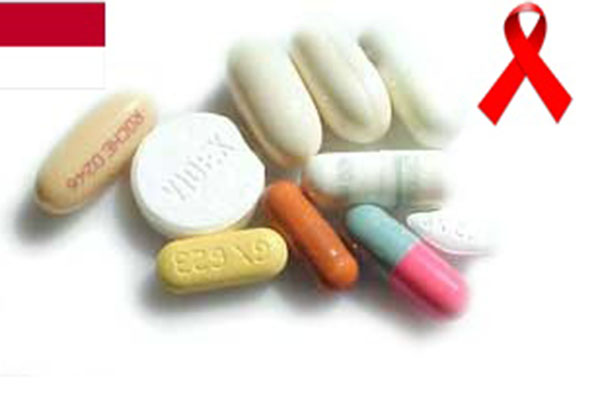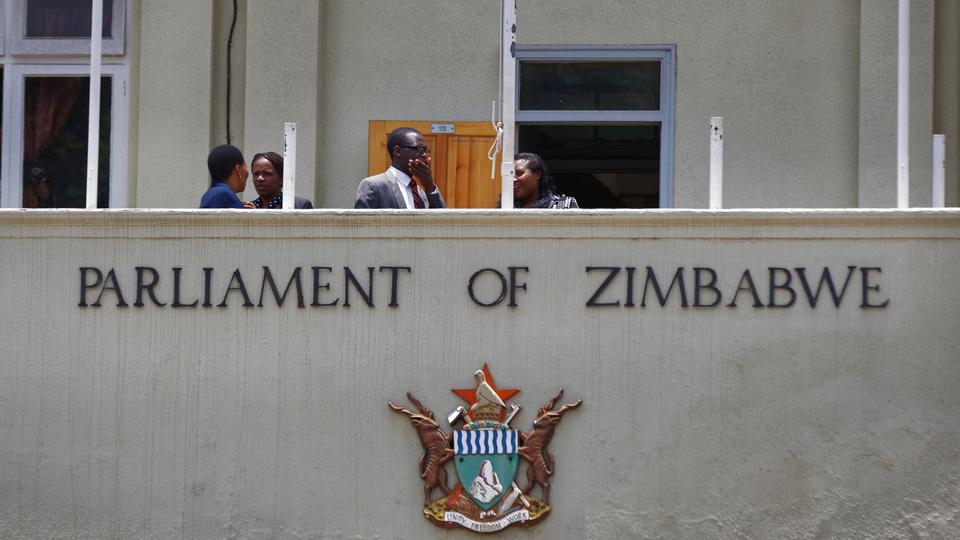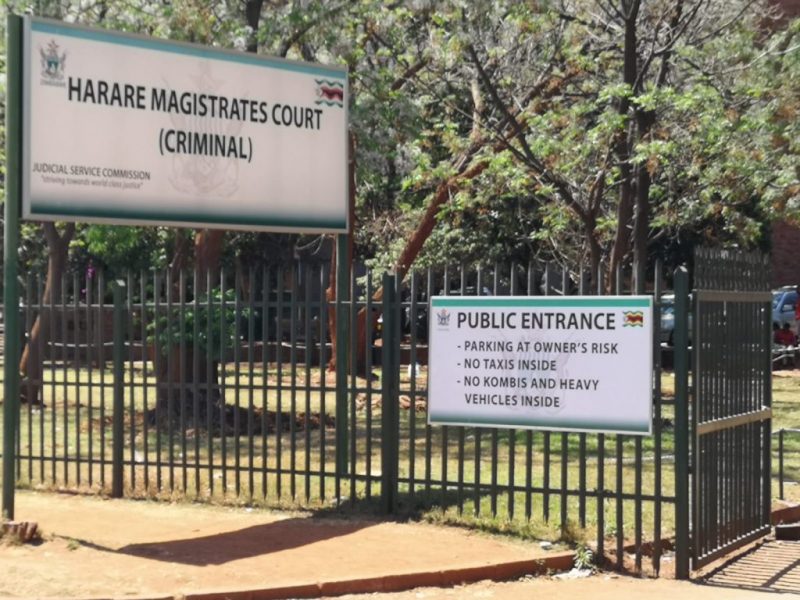
A PILOT project launched between 2016 and 2017 in Harare to determine the feasibility of screening for diabetes mellitus (DM) among Tuberculosis (TB) patients and TB screening among DM patients has yielded such positive results it has paved way for a phased national scale-up.
People with diabetes have a 2-3 times higher risk of developing TB, compared to people without diabetes. People with TB and co-existing diabetes are more likely to be sputum positive and take longer to become sputum negative.
TB is associated with worsening glycaemia control in people with diabetes.
So, in a bid to integrate TB and DM treatment, Union Zimbabwe and other stakeholders like the Health ministry and local authority launched a pilot project at Rutsanana Council Clinic in Glen Norah, Harare, for the TB and DM integration.
TB patients are prioritised at the clinic. When they come in, they are the first ones to be served.
“Every TB patient is screened for DM, because there is a co-relation between diabetes and TB. If a TB patient has diabetes and is not well controlled, chances of him recovering well are lessened,” the TB and HIV focal person at the clinic, Angela Chikondo, said.
“We take a random blood-sugar test. DM patients will be referred to Harare Hospital and for those who come from Chitungwiza, we refer them to Chitungwiza if they are comfortable for DM care, and we follow them up.”
TB patients are screened for HIV as well.
- Chamisa under fire over US$120K donation
- Mavhunga puts DeMbare into Chibuku quarterfinals
- Pension funds bet on Cabora Bassa oilfields
- Councils defy govt fire tender directive
Keep Reading
There are times when HIV positive patients develop TB. We offer them counselling and most of them are agreeable to be tested,” Chikondo said.
Chikondo said, at times, they got overwhelmed by patients from across Harare, but they never turn away anyone Zimbabwe is among the 30 high-burden countries for TB, TB/HIV and MDR/RR-TB. TB in Zimbabwe has been fuelled by HIV, with an estimated prevalence of 14,6% among adults aged 15-54 years in 2015. Two thirds (63% in 2017) of notified TB cases are co-infected with HIV.
Mortality due to TB alone has shown a slight decline from the rate of 18 per 100 000 population in 2000 to 12 per 100 000 population in 2017.
However, HIV associated TB mortality rates have significantly declined from a peak of 158 per 100 000 population in 2006 to 38 per 100 000 in 2017.
The deputy director for Union Zimbabwe, Ronald Ncube, addressing local, regional and international media on an International Aids Society (IAS) sponsored fellowship said his organisation’s main focus was to support the TB programme by providing technical assistance.
“We offer this robust support to ensure the response is on track,” he said.
Screening TB patients for DM in a primary health setting in Zimbabwe is feasible. The intervention was found to be high-yielding and has been taken up for phased national scale-up, beginning with integrated TB/HIV sites, with support of Challenge TB (CTB). To date, twenty five additional sites have been trained to integrate TB and DM bi-directional screenings.
TB patients who were interviewed at Rutsanana expressed satisfaction at the services they had received so far.
“We get super-fast services ahead of everyone and that eases the process of waiting in long queues. Since I was diagnosed with TB and started taking my medication, I have seen a huge improvement,” said a 29 year old HIV positive mechanic.
“I used to smoke and drink a lot because of peer pressure. In February, I was diagnosed with TB and at the time was weighing only 37kg, but now I am on 59kg,” he said.
Meanwhile, in a breakthrough, a Unitaid-funded study has found that 3HP, a new, shorter preventive therapy for tuberculosis, is safe for people who also take the HIV drug, dolutegravir. The results mark a critical milestone for countries and funding partners seeking to expand the preventive TB therapy.
TB preventive therapy protects people already infected with TB bacteria from falling ill with the active disease and shields those at risk of exposure. A third of the world’s population is infected with latent TB, and HIV infection makes them much more likely to develop active TB.
The new therapy, a rifapentine-based regimen known as 3HP, requires only once per week treatment for 12 weeks, compared to the six to 36-month daily regimen required under the older standard of care, isoniazid preventive therapy (IPT). Patients are more likely to complete shorter treatments.
The study was carried out in South Africa by Unitaid grantee Aurum Institute and the Johns Hopkins University Center for TB Research as part of the IMPAACT4TB project.











